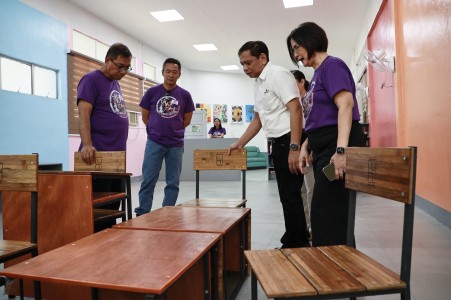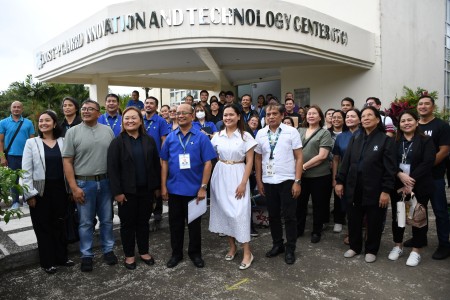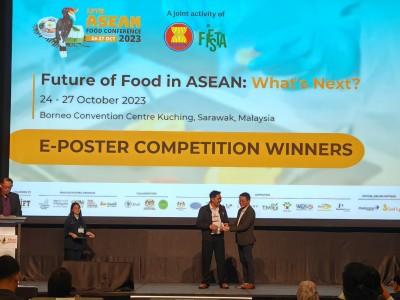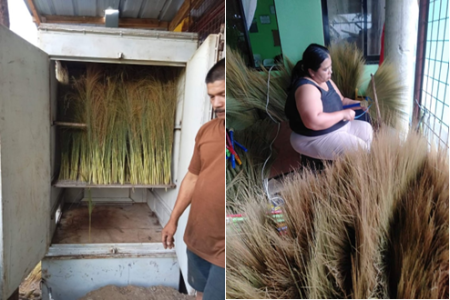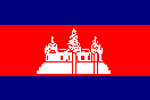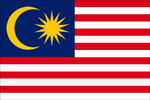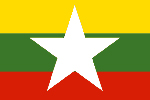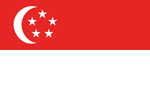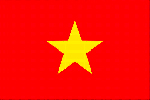Resources of Indonesian Rattan Indonesia | 20/07/2023
Resources of Indonesian Rattan
by: Jasni and Krisdianto
Forestry Engineering and Forest Product Processing Research Center (FEFPProc) ,Bogor, Indonesia
Generally, rattan potential figures on tropical forest are not clear. Frequently quoted figures, which stated total forest lands of 9.5 to 10 million hectares bearing rattans and annual allowable harvest up to 600,000 tons, proved to be a gross estimate based on a preliminary inventory (Rombe, 1986). Some sources and institutions have inventoried rattan potential from tropical forest in Indonesia, such as Nasendi (1994) and working group of Forestry Department and ITTO (2005).
In 2005, there are joint commite between Indonesian Forestry Department and International Timber Trade Organization (ITTO) on rattan potency inventory. In general, rattan potency was reduced significantly. Rattan forest area were recorded as 11 million hectare in 1996 and fall to 9.37 hectares in 1996. In 2004, the total rattan forest area is only 1.49 million hectare.
There are indications of active community-based management of rattan forest resources within many village areas. In some cases, harvesters from other villages may gather rattan within the boundaries of a given village provided they have the promission of village leaders who in turn perceive they have management control over traditional forest lands. Many times such perceptions are not backed up by formal land use allocation. But even where the MoF&EC has given permits harvesting and planting obligation. There is still a risk because of logging or conversion to lon farms (kebun coklat), either illegal and uncontrolled or sanctioned by other MoF&EC officials. With the decree of the Minister of Forestry and Estate Crops 1998 on community forestry may provide a mechanism for recognizing and protection sound rattan (and forest habitat).
In general, harvesting of rattan to be done by the farmer as an additional income. The farmer has an experience in selecting the rattan to be harvested. They take only those who has big and medium diameter. The smaller one is usually conserved for the next harvesting. In addition, it is reported that the capacity of rattan production is about 12.391.477 ton, while the annual allowable cut (AAC) exist is about 696.900 ton, and only 125,000 ton/year product realization. This means that the harvesting of rattan has considered the conservation aspects.
At present, location of naturally grown rattan is becoming further and further away from the roads or rivers that rattan collectors now use, so that, they reluctant to collect rattan due to a high cost of transportation. It is therefore cultivation of rattan is now being pushed. Three main objectives of rattan cultivation are to increase forest land productivity, to promote the potential of rattan and to secure the sustainability and supply to meet the market demand.
The first and most successful rattan plantations are those were established in the areas around Barito, Kapuas and Kaharian in longate n about the year of 1850. Since then, there are of small holding along the alluvial flats of Barito River and its tributaries in Central and South Kalimantan has increased to 15,000 ha with main species of Calamus trachycoleus. By the end of the 1980s the village level plantations were sharing about 10% of Indonesian raw rattan supplies.
The successful of cultivation is an indication that cultivation of these species can be developed intensively on a small holder basis, given suitable land as climate. This planting method can be used and modified while establishing a near large rattan plantation. Nevertheless, it can not always be assumed that the cultivation method developed for one species in one habitat and climate can be applied in the cultivation of other species elsewhere. Research needs to be carried out before untried species can be introduced into a large intensive cultivation, for instance provenance trial and the like. Other important aspects of cultivation that must be carefully considered are light and fertilizer requirements, pest and disease, spacing and line maintenance of rattan.
 Figure 1. Rattan Manau seedling for plantation Foto by Jasni
Figure 1. Rattan Manau seedling for plantation Foto by Jasni
In addition, as strategy to counteract shortage raw rattan for industry, Indonesia has been actively promoting development of rattan plantation on which a long tradition already exists combine with the recent technology of cultivation. Perhutani as a state-own forest company in Indonesia has been developing approximately 22,000 ha of rattan plantation, mostly in West Java (90%) province and less in Central Java and East Java. It has been planted since 1980s by applying tree environment and rectangular system.
Rattan plantation is commonly regenerate naturally, only in a few areas rattan is planted, the maintenance of rattan is also depend on the environment until the harvesting time. Rattan plantation has been a main program on Land Rehabilitation and Social Forestry Directorate, Ministry of Forestry since 1997. Up to now, rattan has been planted in Central Kalimantan, South Kalimantan, West Kalimantan, East Kalimantan, Jambi, North Sulawesi, South Sulawesi, Southeast Sulawesi, Aceh, Riau, North Sumatera, West java, Gorontalo and Bangka Belitung. Rattan plantation covers about 1,165.50 ha on that provinces.
In some areas, rattan is not specifically planted. People who collect rattan from forest take rattan fruit that contains rattan seed and throw them in open land area and on the way home. Naturally, their seed has been grown and they arise as traditional rattan plantation.
**********
References:
Nasendi, B.D. 1994. Sosio_economics information on rattan in Indonesia. Bogor.
Rombe, Y.L. 1986. Inventarisasi potensi rotan Indonesia. Proceedings Lokakarya Nasional Rotan. Badan Penelitian dan Pengembangan Kehutanan, Jakarta. Hal 112-124.
| NO | FILE NAME | DOWNLOAD |
|---|---|---|
| 1 | Indonesia_Rattan_resources1.pdf | Download |


